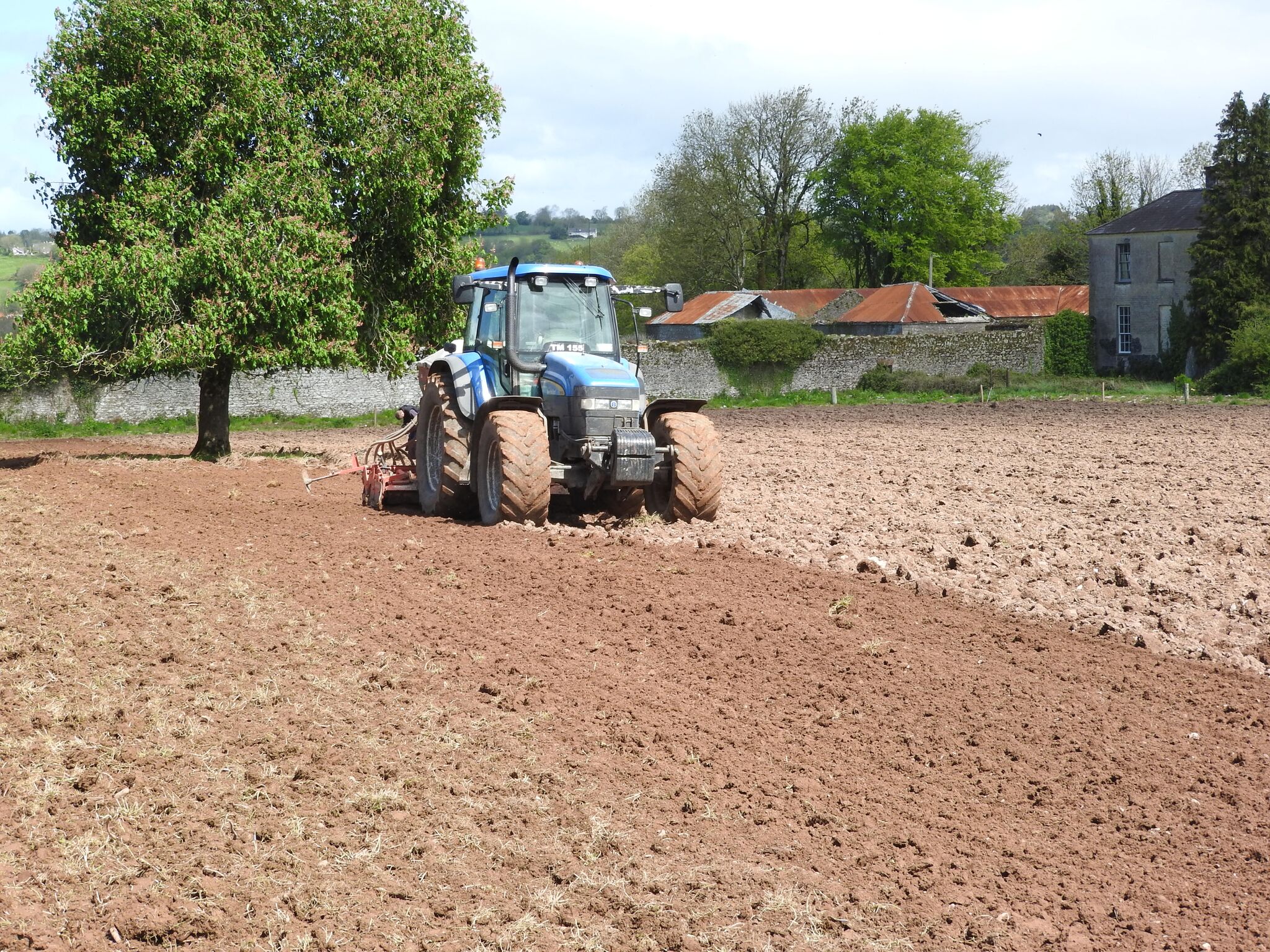
At the Livestock Event Forage Field, the benefits of new grassland leys over older pastures were emphasised in talks on how to cut feed costs with quality forage.
Ben Wixey, National Agricultural Sales Manager with forage specialist Germinal, pointed out that current reseeding rates of 2-3% per annum are far from the required rate if livestock farms are to maximise returns from forage.
Benefits including improved feed value, higher dry matter intakes, better response to fertiliser and greater stocking densities all add up to make successful pasture renewal one of the most cost-effective investments for livestock farmers, he said.
"The rewards are significant when reseeding, so our advice is always to go the extra mile with seed bed preparation, soil nutrient supply, seeds mixture selection and drilling – it will pay dividends," said Ben Wixey.
"Adopting best practice with a full grass reseed will cost £225 to £250 per acre, but this sum becomes trivial when set against the additional feed value created and – more importantly – the milk production potential of the grazed or ensiled forage over a number of years.
"As a conservative estimate, a new ley containing the best performing ryegrass varieties will produce an extra 1,000kg of dry matter per acre in the year when compared with an 8-10 year old pasture.
"In addition, because these ryegrasses will have superior D-values to the old sward that they replaced, we can expect the ME of the grass to be, on average, 0.8MJ/kg higher.
"This means we can expect an extra 13,400MJ/kg of metabolisable energy per acre, which in milk production terms is worth over 2,500 litres per year.
"Whether used for extra milk production or additional liveweight gain in growing livestock, the extra productivity per acre is significant, running into several hundreds of pounds per acre over and above the reseeding costs.
"The benefits seen in the first year should then continue for the duration of the ley – but without the costs to set against them.
"In the case of a medium term ley, under the right management, the value should continue for 4-6 years."
'Even best managed swards suffer deterioration'
Ben Wixey pointed out at Livestock Event that leys are on average replaced far less often than every 10 years.
"Even the best managed swards will suffer deterioration beyond seven or eight years, with the ingress of weed grasses inevitable though not always obvious," he added.
"Leys may look green, but typically after around eight years it is quite likely that at least half of the plant population will be weed grasses such as fescues, bents and meadow grasses.
"These weed grasses will be significantly less productive in terms of dry matter yield, will have lower D-value and be less palatable to livestock, and their response to fertiliser will be lower than modern ryegrasses."
Key points in a best practice approach to reseeding include effective control of weeds, either by spraying off the old sward or by introducing a break crop such as a forage brassica.
It is also important to rectify any soil structure problems and to carry out soil analyses to check nutrient levels.
A firm and fine seedbed is essential prior to drilling, to ensure good soil-to-seed contact, as is optimum moisture for germination.
"Having invested in the right level of preparation for the new ley, it is then vital to select the best available ryegrasses," said Ben Wixey.
"The independently compiled Recommended List is freely available to all livestock farmers, listing varieties by type and heading date groups and providing essential yield and quality information.
"Choose the best available from these lists, in mixtures that are compatible and designed to deliver your cutting or grazing requirements.
"The difference even between the top and bottom of the Recommended Lists can be significant, so don’t compromise and seek to cut costs on variety selection – it will almost certainly be a false economy in the long run."
